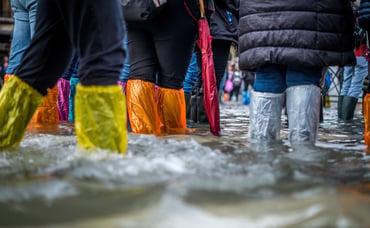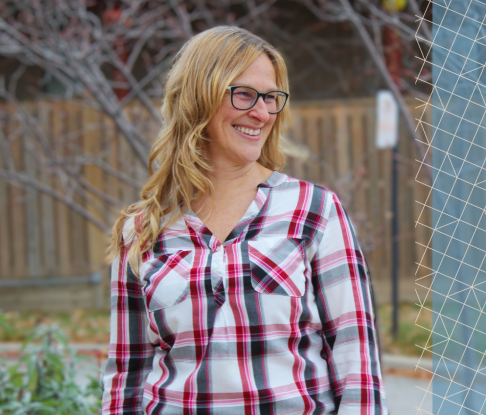The pandemic has affected our jobs, families, and communities. We now see organizations and groups looking for the right way to move into the recovery phase of the pandemic. Since these are unprecedented times, there are no templates or formulas on how we can work through recovery. I have come across three publications that outline a path to recovery in which community is put at the center.
The first is the article, We’ve Done it Following Floods, Fires and Earthquakes, But Can Society Recover from COVID?, which emphasizes the need for disaster recovery agencies to switch from top-down management to supporting individuals, groups and communities and help them identify, prioritize and implement their recovery process. The article outlines five principles that should underpin a post-disaster recovery so that it focuses on community engagement:
- Inclusiveness commitment
- Building relationships and mutual respect
- Integrity
- Transparency and accountability
- Feedback and evaluation
The second is an article written by Jonathan Massimi on the Asset Based Community Recovery Framework. This framework was created to help community learn from what has happened during COVID and move forward in a better way. In this article, Jonathan outlines that in order to recover from a pandemic or disaster, we need to build social capital in our communities. The asset-based renewal framework draws upon what has been disrupted in our communities, what has emerged and what has been revealed by recognizing gifts, fostering connections, and telling stories.
The three phases are:
- Crisis is an event or series of events that suddenly and unexpectedly disturb patterns of life.
- Discovery is the feeling that moves us from Crisis to Discovery, fatigue. Incessant activity, information overload and screened connections leave us tired and asking, “how long can we keep this up?”
- Resurgence is marked by hope which in turn inspires action. It is the reclamation of a community’s power.
This framework is different because it is a bottom-up approach. It allows individuals, associations, organizations/non-profits, businesses and municipalities to think about what role people and communities play in moving forward.
And lastly, a report from New Zealand’s Inspiring Communities called Shaping the Future, Enabling Community-Led Change. This report outlines their pandemic recovery process, and reflections on what worked, what matters and what is next. They found that having clear messaging and expectations, a strong sense of shared purpose, empowering people to work differently and adequately resourcing were key to having a strong locally led responses. The report outlined the things that went well during the crisis:
- High trust funding,
- Use of technology,
- Better coordination and mobilization of local resources,
- Nimble, flexible responses
New Zealand is now looking to carry forward the things that worked well during the crisis and embed them into ‘their business as usual’ so that they can be more effective when responding to future challenges.
There are many more reports and articles about pandemic recovery, but what is very clear is the question of whether we can use traditional disaster models to recover from this pandemic or do we need to adopt a new community method that combines traditional disaster planning with an asset-based community lens.
One thing we know for sure is that recovery from this pandemic may last for years so our models and methods must allow time to be creative and experiment. We need to learn to manage risk rather than attempting to remove it. Recovery is not linear, there is no right or wrong answer, but we need to step forward and allow for mistakes and change. Remember constraints lead to creativity and innovation!
Learn more:
- Watch Asset Based Recovery - How to put Community at the Centre
- Read Asset-Based Community Recovery Framework
- Read We’ve Done it Following Floods, Fires and Earthquakes, But Can Society Recover from COVID?
- Check out New Zealand’s report Shaping the Future, Enabling Community-Led Change
- Read Collective Impact Post Pandemic - A framework for Response, Recovery and Resilience





